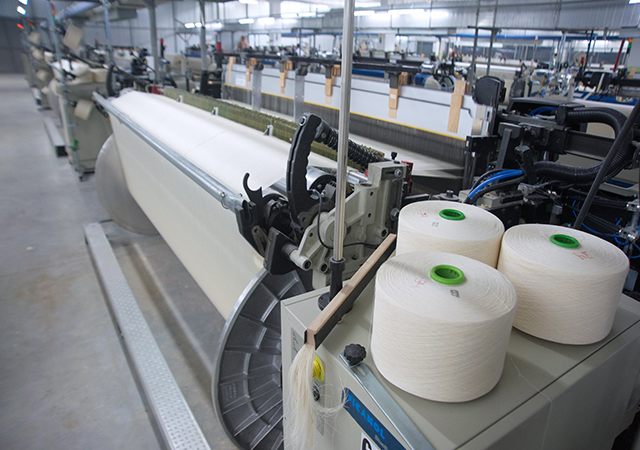Embark on a historical journey through the annals of time as we unravel the intricate tapestry of the textile industry's evolution. From humble prehistoric origins to the present-day global enterprise, witness the threads of innovation weaving their way through centuries of progress.
Prehistoric Textile Artistry:
Archaeological evidence whispers tales of our ancestors crafting textiles in prehistoric times. Using natural materials such as animal skins, leaves, and plant fibers, early humans laid the foundation for an industry that would later become a cornerstone of civilization.
Ancient Pioneers:
As civilizations blossomed, so did the art of textiles. Ancient Egyptians, masters of spinning and weaving, produced exquisite linen fabrics. The Greeks and Romans added their strokes to this canvas of creativity, contributing significantly to the industry's development.
Medieval Weaving Hubs:
The Middle Ages witnessed the proliferation of textile production across Europe. Wool emerged as a prized commodity, with towns and cities specializing in the production of high-quality woolen fabrics, marking an era of regional textile specialization.
Industrial Revolution Unleashed:
The Industrial Revolution, an epochal shift in the late 18th century, catapulted the textile industry into a new era. Revolutionary technologies like the spinning jenny, power loom, and cotton gin heralded mass production, forever altering the landscape of textile manufacturing.
Twentieth-Century Innovations:
The 20th century ushered in a new wave of progress. Synthetic fibers, including nylon and polyester, emerged, transforming the textile landscape. Manufacturing techniques evolved, enabling the rapid and efficient production of fabrics, marking a pivotal chapter in the industry's narrative.
Today's Global Tapestry:
Fast forward to the present day, and the textile industry has become a sprawling global enterprise. Production and manufacturing occur on a worldwide scale, reflecting the interconnected nature of our modern world. Sustainability and ethical practices have taken center stage as consumers increasingly demand environmentally-friendly and socially responsible products.

Textile Machinery: A Symphony of Innovation:
1. Spinning Wheels (1000 AD): Originating in India, the spinning wheel marked the birth of textile machinery, enabling mass thread production and laying the groundwork for future innovations.
2. Flying Shuttle (1733): John Kay's ingenious invention revolutionized weaving by allowing weavers to produce wider pieces of cloth more rapidly, enhancing efficiency in the weaving process.
3. Spinning Jenny (1764): James Hargreaves' hand-operated marvel transformed spinning, empowering a single individual to spin multiple threads simultaneously, a breakthrough in efficiency.
4. Water Frame (1769): Richard Arkwright's water-powered spinning machine further increased efficiency, contributing to the growth of textile mills and setting the stage for industrial-scale production.
5. Power Loom (1784): Edmund Cartwright's invention automated the weaving process, facilitating large-scale textile production with unprecedented speed and efficiency.
6. Spinning Mule (1779): Samuel Crompton's innovative machine combined features of the spinning jenny and water frame, producing high-quality thread in vast quantities.
7. Jacquard Loom (1801): Joseph Jacquard's loom, utilizing punched cards to control weaving, introduced intricate patterns and designs, opening the door to new industries like silk and velvet production.
8. Sewing Machine (1846): Elias Howe's sewing machine revolutionized textile production by enabling the efficient and rapid manufacturing of clothing and other textile goods.
9. Automatic Loom (1902): Arthur Paul's electrically powered loom automated weaving, achieving greater efficiency in textile production and contributing to the industry's ongoing mechanization.
The saga of textile machinery mirrors humanity's relentless pursuit of efficiency and productivity. Each invention stands as a testament to the industry's adaptability, building upon the successes of its predecessors and propelling the textile sector into the future. From the rudimentary tools of prehistoric times to the sophisticated machinery of the present, the textile industry weaves together a rich tapestry of innovation, creativity, and progress.
SUNTECH Textile Machinery has over 50 years experience of the textile machinery manufacturing. The innovative STelego motorized beam trolley and the automatic packaging machine and other series of SUNTECH products speak for ourselves, offering the best solution in turn and enable our customers trust and using our products to have a leading edge.




